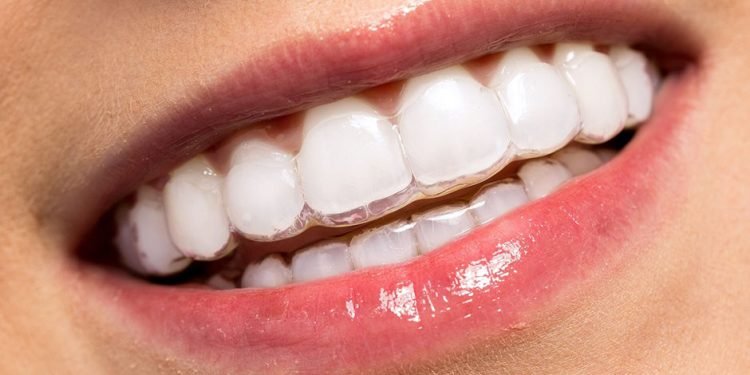Approximately four million Australians are donning braces at any given time. While these have been the most common way to straighten teeth for the longest time, Invisalign has emerged as an alternative. Invisalign is an excellent alternative because they are both removable and very discreet.
You may be intrigued to investigate this possibility. Therefore, you may have some concerns. How long does it take to get straight teeth with invisible braces? What factors influence this? This post has all you need to know.
What Exactly Is Invisalign?
Invisalign is a relatively modern technique for straightening teeth. Instead of brackets like metal and ceramic braces, Invisalign employs aligner trays made of clear plastic. Because these aligners gradually shift your teeth, you cannot use a single set indefinitely.
Just as traditional braces must be tightened periodically, aligners must be changed frequently. Depending on your circumstances, you will require 25 to 40 trays to achieve flawlessly straight teeth.
How Long Does It Take Invisalign to Align Teeth?
First, how long does Invisalign treatment take? It will vary from person to person. In general, the treatment will take between one and one and a half years. Many individuals will begin to observe a difference within two to three months of wearing these aligners.
If you are pondering the factors that can shorten or lengthen your Invisalign treatment time, continue reading. The following section will discuss several important elements that can impact the length of time you use aligners.
Reasons Why Your Timeline Could Be Different
Due to the highly individualised nature of the Invisalign procedure, your treatment may last one year, while another person’s treatment may last two. Here are a few reasons why your timeline may vary marginally.
· Crowded Teeth
Invisalign treatment can complete in as little as six months if your case of crowded teeth is relatively mild. However, if you have severe crowding, treatment will take longer. If you have severe crowding, your orthodontist may recommend wearing headgear or having teeth extracted to make room for the rest of your teeth. These experts will determine if you are a good candidate for Invisalign.
· Teenagers vs Adults
The time required for treatment is relatively similar when comparing adults and adolescents, however, adolescents’ treatment may be longer than adults’ at times. This is because the effectiveness of the aligners depends on their being worn for a minimum of 22 hours every day, requiring the discipline and reliability that may be lacking at times.
The blue spots on the Invisalign aligner trays for teenagers are compliance markers; they diminish the longer the aligners are worn. The dots will vanish entirely if the adolescent wears the patches for the recommended two weeks (or 336 hours). The aligner can be worn intermittently until the dot no longer appears. It means the treatment will last significantly longer than usual.
Time Required For Invisalign vs Conventional Braces
As indicated previously, Invisalign treatment can take approximately one to one and a half years to complete. With traditional orthodontics, the treatment time can range from one to three years. In extreme circumstances, treatment can last up to five years!
Invisalign aligner trays are more durable than the wire clips on metal bracket braces. When traditional braces fail, treatment can be delayed, which can happen frequently. While aligner trays can break, it only occurs occasionally if you are cautious with your aligners.
Invisalign will require significantly less time to complete. In addition, when you choose Invisalign over metal bracket braces, you can obtain many other benefits. These include improved oral hygiene, increased comfort and convenience, decreased pain, discretion, and individualised care.
Visits to the orthodontist will be comparable for both candidates. Every two to three weeks, you must have your braces adjusted and aligners replaced.
Conclusion
Unbeknownst to some patients, Invisalign may produce different results than braces. It is an attractive option for some people, but every case is unique, so consider all your treatment options for the best smile possible. The only way to determine what Invisalign can and cannot do for your smile is to visit an orthodontist with all the necessary information.












